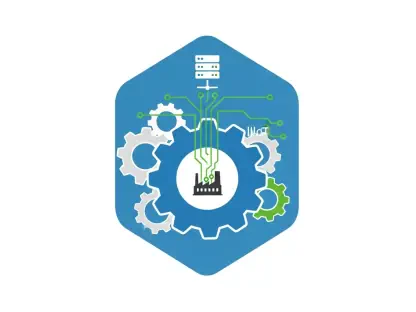In a striking revelation that underscores growing public unease, recent findings have exposed a profound decline in confidence regarding the safety of the U.S. food supply, marking a historic low in public sentiment that demands urgent attention. This alarming trend, captured in a comprehensive survey conducted by a leading food information organization in collaboration with a prominent food protection association, signals a critical challenge for both industry stakeholders and regulatory bodies. The data paints a picture of widespread skepticism, cutting across diverse demographic groups and reflecting deep-seated concerns about systemic issues within the food safety framework. As bacterial contaminations and industry practices come under scrutiny, this erosion of trust poses significant questions about how safety is prioritized and communicated. The implications of this shift are far-reaching, demanding immediate attention to restore faith in a system that underpins public health and well-being.
Unpacking the Decline in Public Confidence
The survey results highlight a staggering drop in the number of Americans who feel assured about the safety of their food, with only 55% expressing any level of confidence, a sharp decrease from 62% just a year prior. This downward trajectory is even more evident among those who feel “very confident,” with the figure plummeting to a mere 11%, down from much higher levels in previous years. What drives this pervasive mistrust? A significant portion of respondents—59% of those with low confidence—point to a belief that profit motives overshadow safety concerns in the food industry. Additionally, over half cite a lack of cohesive safety efforts within the system, while others express frustration over inadequate government oversight (46%) and the frequency of food recalls (43%). Specific fears have also evolved, with foodborne illnesses from bacteria such as E. coli and Salmonella now ranking as the top concern for 50% of respondents, surpassing worries about cancer-causing chemicals, though the latter remains a close second at 47%. This shift in focus underscores a growing anxiety about immediate health risks tied to contamination.
Pathways to Rebuilding Trust
Despite the prevailing concerns, the survey offers glimmers of hope through potential solutions that could mend the fractured trust in food safety. A notable 40% of Americans indicated that greater transparency about how safety is ensured by both government and food companies would significantly bolster their confidence. An equal proportion believes that stricter regulations could provide much-needed reassurance, pointing to a public demand for accountability and clearer standards. Interestingly, perceptions of imported foods have also shifted, with skepticism decreasing over time—only 32% now view foreign products as less safe compared to domestic ones, a stark contrast to higher distrust in earlier years. This nuanced perspective may be influenced by broader discussions about global food standards, suggesting that public opinion is not entirely dismissive of international systems. Addressing these concerns through enhanced communication and robust oversight emerges as critical steps that have been considered to reverse the alarming trend of declining trust in the food safety landscape.









